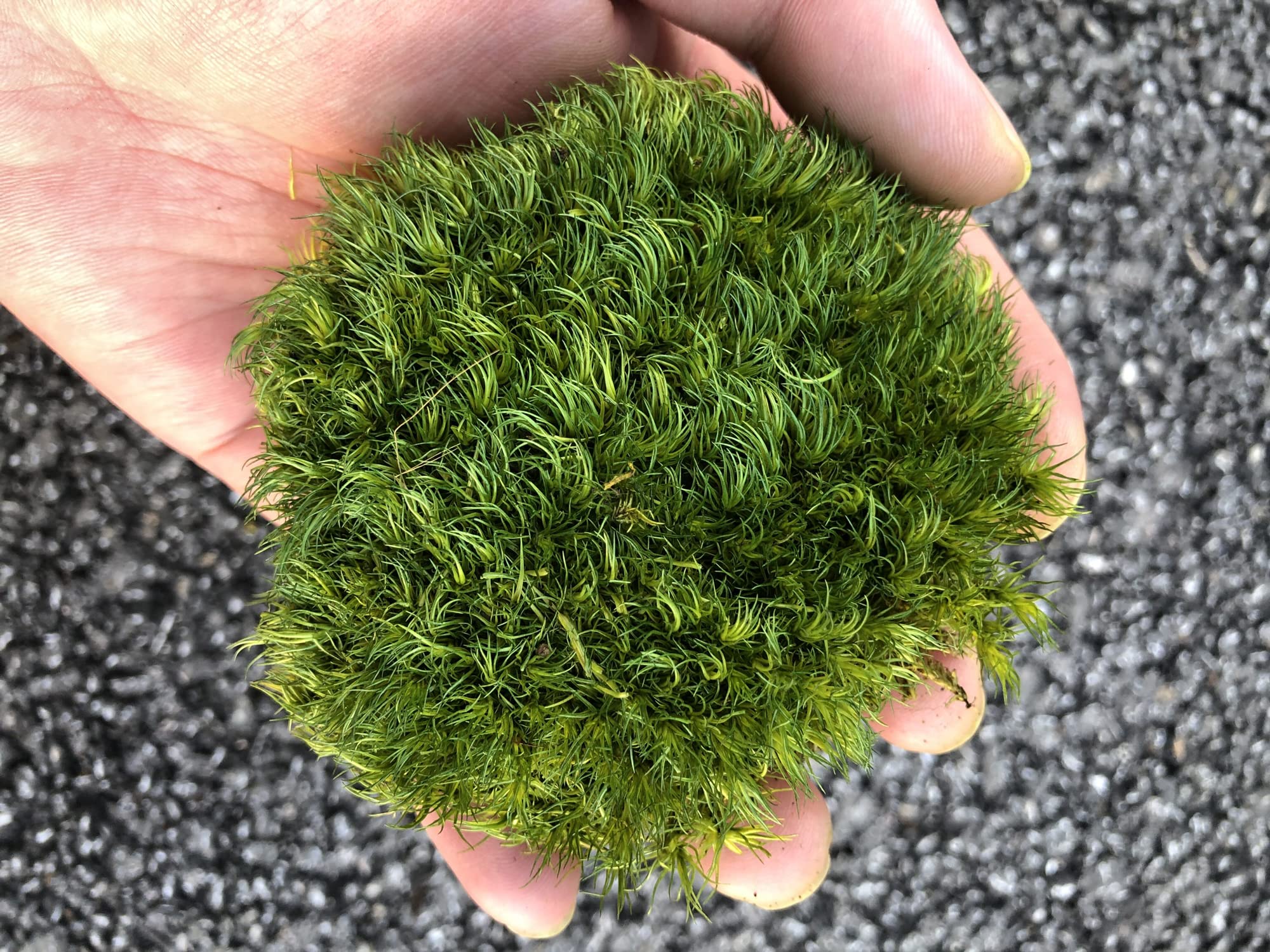This lifecycle process takes place in the sporangium, giving rise to spores.
Meiosis
True or false: Gymnosperms produce fruit?
False.
Is the earthworm more closely related to a snail or a nematode?
The snail. They are in the same clade Lophotrochozoa.
What are the three domains of life?
Bacteria, Archea, Eukarya
If you are using a 4X objective lens, what is the total magnification of the specimen under observation?
40X
Is this organism haploid or diploid?

The gametophyte of moss is haploid.
Where would you find the microgametophyte of a seed plant?
The pollen.
Name an animal that we saw in lab that is diploblastic.
Ex. Hydra, jellyfish, seafans, coral (any cnidaria).
What are the three components of a good hypothesis?
Focused, predictive, testable.
Do arthropods have an open or closed circulatory system?
Open.
Spores will develop into what lifecycle stage?
Gametophyte
What does the carpel of seed plants develop into?
The fruit.
Why are nematodes and arthropods grouped together in the same clade?
They both have an exoskeleton, thus they are in the clade Ecdysozoa.
Consider our units on soil microbiology (Units 10-11): What information were we hoping to obtain from the K-streak plates?
Diversity of microorganisms.
What is the difference between a primary and secondary forest?
A secondary forest is one that has developed after extensive alteration of the original forest site. For example, a forest that developes on abandoned farmland would be a secondary forest. A primary forest retains its original characteristics.
Where would you find the sporangia on Lycopodium or Selaginella?
In the strobilus.
Name the two tissue types produced by the vascular cambium.
The xylem and the phloem.
Are humans more closely related to insects or starfish?
Starfish. They are both deuterostomes.
Why is a sea urchin, which appears radially symmetrical, in the clade Bilateria?
It has a larval stage that has bilateral symmetry.
True or False: Your laboratory notebook should only record successful experiments, where all data supported our hypotheses.
False. Record all data, and all experiments whether they were successful or not.
Define the term haplodiplontic.
Having a lifecycle that alternates between multicellular haploid and diploid generations.
Where does primary growth occur in plants?
At the tips of roots and stems.
What is the lophophore?
U-shaped mouthparts with cilliated tentacles found on brachiopods and some other phyla within the clade lophotrochozoa.
Do cnidarians exhibit cephalization?
No.
Where would you find the secondary phloem of a woody plant?
The inner bark.